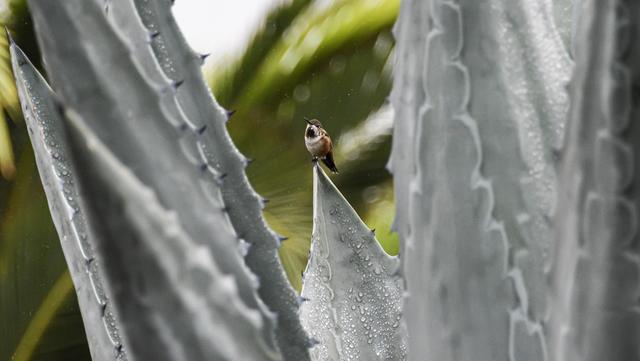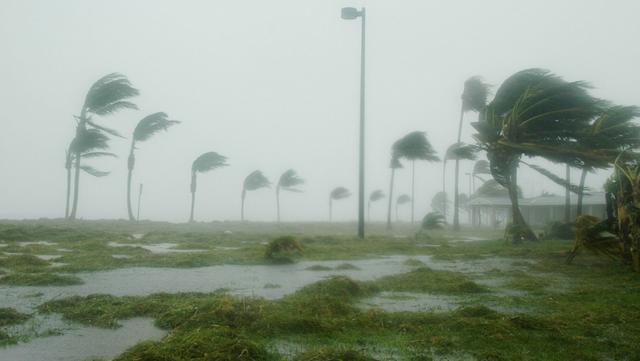
Fall in Love with a Turf Renovation
Autumn is the perfect time to renovate
Is your lawn turning colors and it isn’t a desirable shade of green? While we all look forward to the changing colors of autumn leaves, finding brown, yellow, and sparse spots in your lawn doesn’t hold the same allure. If you’re thinking it may be time for a turf renovation, fear not, you haven’t missed the boat. Spring isn’t your only opportunity — fall is also a great option. Here’s what you need to know.
The Case for Renovation

A nice lawn is more than just easy on the eyes. It also controls soil erosion, traps carbon dioxide, and moderates ground temperature during the hot summer months. Those are benefits hard surfaces, such as concrete and asphalt, simply can’t match. Plus, an attractive lawn is good for curb appeal and property values. Making the investment now will help ensure you have a healthy lawn for years to come.
Where to Begin
If 50 percent or more of the lawn is still intact, you may be able to reseed bare spots or overseed thin areas. If more than 50 percent of the lawn is in poor shape or comprised of an undesirable grass species, replacing the entire turf may be recommended. With either route, conducting the renovation in the fall will set your lawn up for success in the following season. Warm soil, coupled with cooler weather, makes the perfect combination for quick germination.
There are many approaches to turf renovation; the right one for your lawn depends on what ails it. Your landscape partner will start by determining if any number of factors known to contribute to turf deterioration — such as soil compaction, weeds, insects, drainage issues, drought, or thatch buildup — are the culprit. A soil test may be recommended to help.
Start Seeing Green
Based on your landscape partner’s evaluation, they’ll recommend the best grass for your growing conditions. If you’ll be seeding, utilizing a top-quality seed protects your investment by ensuring other grasses or weeds aren’t mixed in. This is a good option to improve bare spots, but know that seeding takes time to yield results. Alternatively, you and your landscape partner may determine sodding is a better solution for your property. While sodding is costlier than seeding, it provides instant gratification.
Water, Water, and Water Some More
Though the weather may be cooler, that doesn’t negate the larger water needs of a new lawn. It’s important to keep the first couple inches of soil moist — not wet — until the seeds germinate. Once the grass is established, plan for an inch of water per week. Delivering it in one or two watering sessions each week will ensure your turf grows deep roots, helping it better tolerate drought.




